Ales Prochazka
Recognition of Patient Groups with Sleep Related Disorders using Bio-signal Processing and Deep Learning
Nov 10, 2021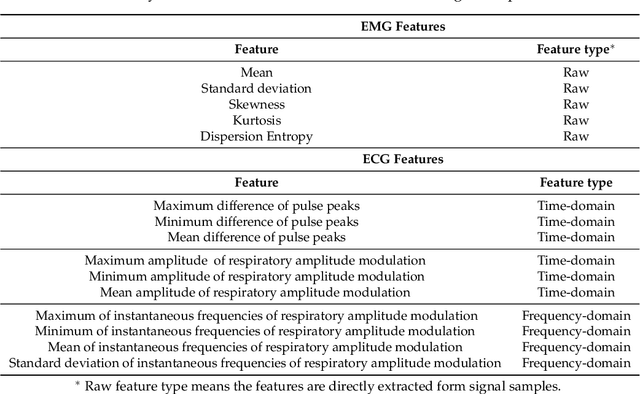
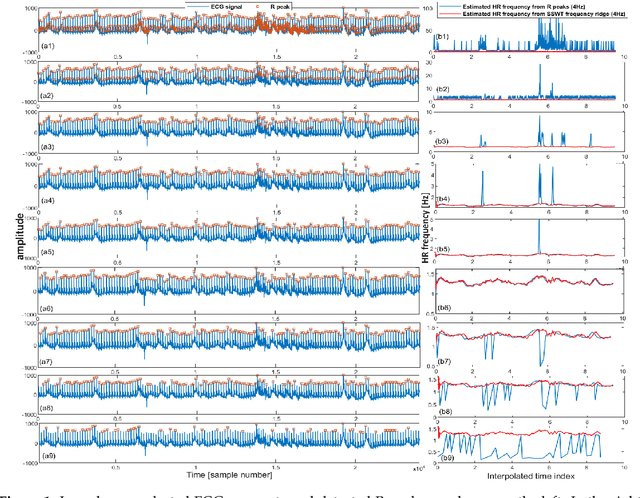
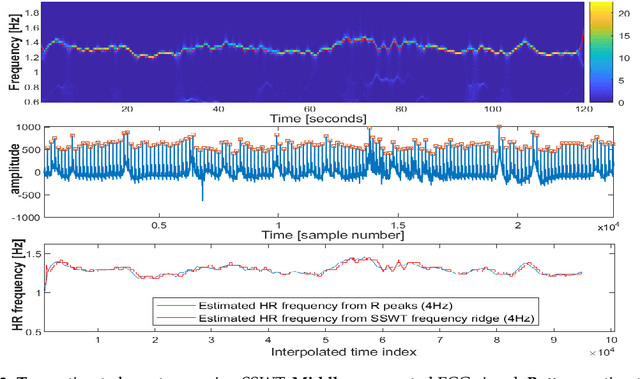
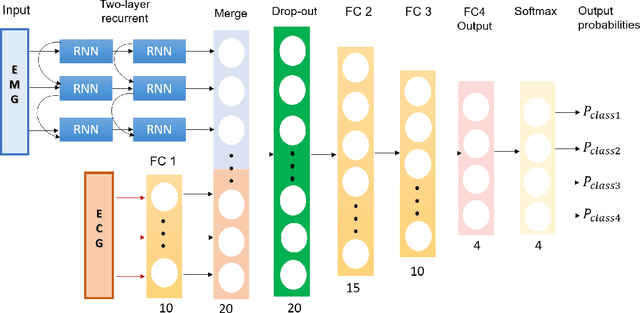
Abstract:Accurately diagnosing sleep disorders is essential for clinical assessments and treatments. Polysomnography (PSG) has long been used for detection of various sleep disorders. In this research, electrocardiography (ECG) and electromayography (EMG) have been used for recognition of breathing and movement-related sleep disorders. Bio-signal processing has been performed by extracting EMG features exploiting entropy and statistical moments, in addition to developing an iterative pulse peak detection algorithm using synchrosqueezed wavelet transform (SSWT) for reliable extraction of heart rate and breathing-related features from ECG. A deep learning framework has been designed to incorporate EMG and ECG features. The framework has been used to classify four groups: healthy subjects, patients with obstructive sleep apnea (OSA), patients with restless leg syndrome (RLS) and patients with both OSA and RLS. The proposed deep learning framework produced a mean accuracy of 72% and weighted F1 score of 0.57 across subjects for our formulated four-class problem.
* Paper is offered by the publisher as Open Acess: https://www.mdpi.com/1424-8220/20/9/2594
Binary Stochastic Filtering: a Solution for Supervised Feature Selection and Neural Network Shape Optimization
Feb 12, 2019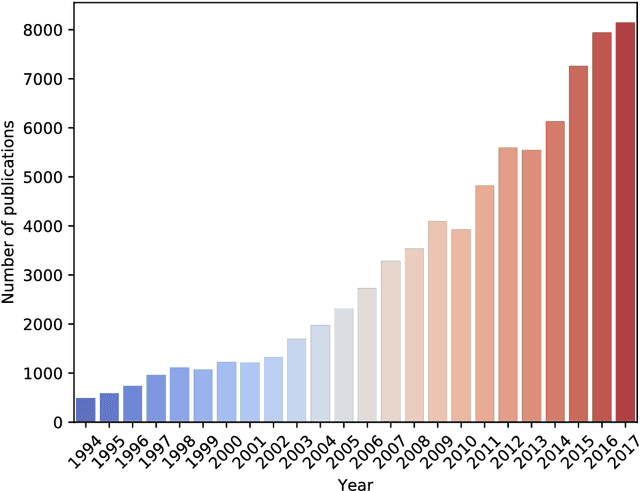
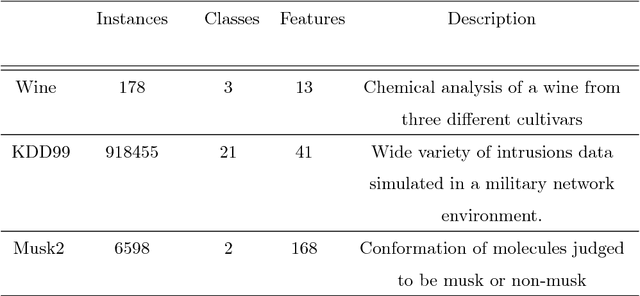

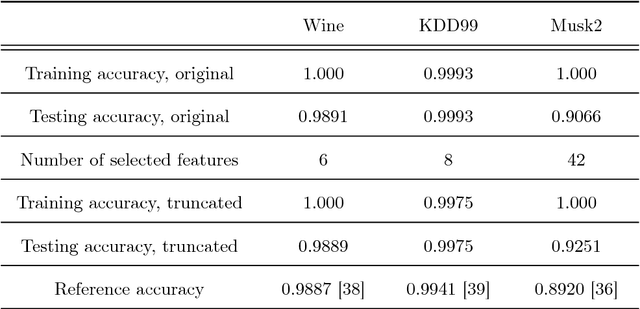
Abstract:Binary Stochastic Filtering (BSF), the algorithm for feature selection and neuron pruning is proposed in this work. Filtering layer stochastically passes or filters out features based on individual weights, which are tuned during neural network training process. By placing BSF after the neural network input, the filtering of input features is performed, i.e. feature selection. More then 5-fold dimensionality decrease was achieved in the experiments. Placing BSF layer in between hidden layers allows filtering of neuron outputs and could be used for neuron pruning. Up to 34-fold decrease in the number of weights in the network was reached, which corresponds to the significant increase of performance, that is especially important for mobile and embedded applications.
 Add to Chrome
Add to Chrome Add to Firefox
Add to Firefox Add to Edge
Add to Edge